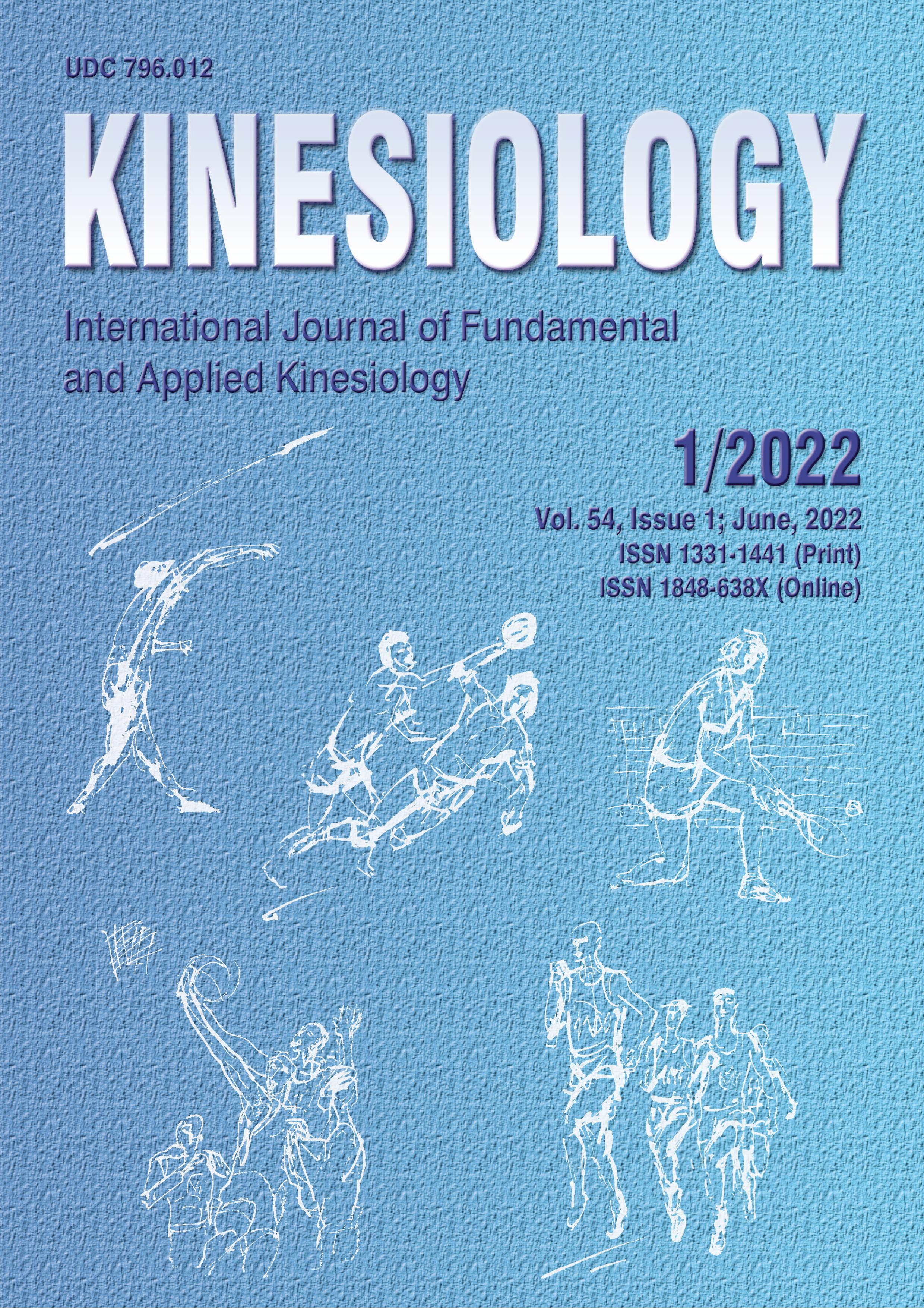DIABETES AND PERIPHERAL NEUROPATHY ARE RELATED TO HIGHER PASSIVE TORQUE AND STIFFNESS OF THE KNEE AND ANKLE JOINTS
Abstract
The aim of this study was to investigate the ankle and knee stiffness and passive torque in individuals with diabetes mellitus type 2 (DM2), with and without diabetic peripheral neuropathy (DPN) at different speed of motion. Forty-nine male individuals of a similar age were studied (17 with DM2 without DPN, 15 with DM2 and DPN, and 17 controls). Knee and ankle flexion and extension passive torques were assessed on an isokinetic dynamometer at 5°/s, 30°/s, and 60°/s. Our results showed that the individuals with DM2 exhibited greater knee stiffness compared to the controls and the individuals with DPN presented greater ankle stiffness and passive torque compared to the controls and those with DM2 without DPN. The mechanical impairments at the ankle passive structures were most evident at low speeds while the knee alterations were at 30°/s and 60°/s. Although the presence of DPN was a key factor for the increased passive ankle stiffness and torque, it was not related to the increase in the knee passive stiffness. Preventive measures for avoiding stiffness and motion impairments at the ankle and knee could be adopted in the early stages of DM2.
Key words: ankle, knee, joint stiffness, passive torque, range of motion, diabetes mellitus
Downloads
Published
How to Cite
Issue
Section
License

This work is licensed under a Creative Commons Attribution-NonCommercial 4.0 International License.
At Faculty of Kinesiology we recognize that access to quality research is vital to the scientific community and beyond. Kinesiology is non-profit journal and all costs of publishing and peer review process are covered by the publisher itself or other funding sources like Ministry of Science and Education of the Republic of Croatia. Full text papers are also available free of charge at http://hrcak.srce.hr/kineziologija. There are no restrictions on self archiving of any form of paper (preprint, postprint and publisher's version).
Articles are distributed under the terms of the CC BY - NC 4.0
Kinesiology does not charge any fees to authors to submit or publish articles in our journal.


